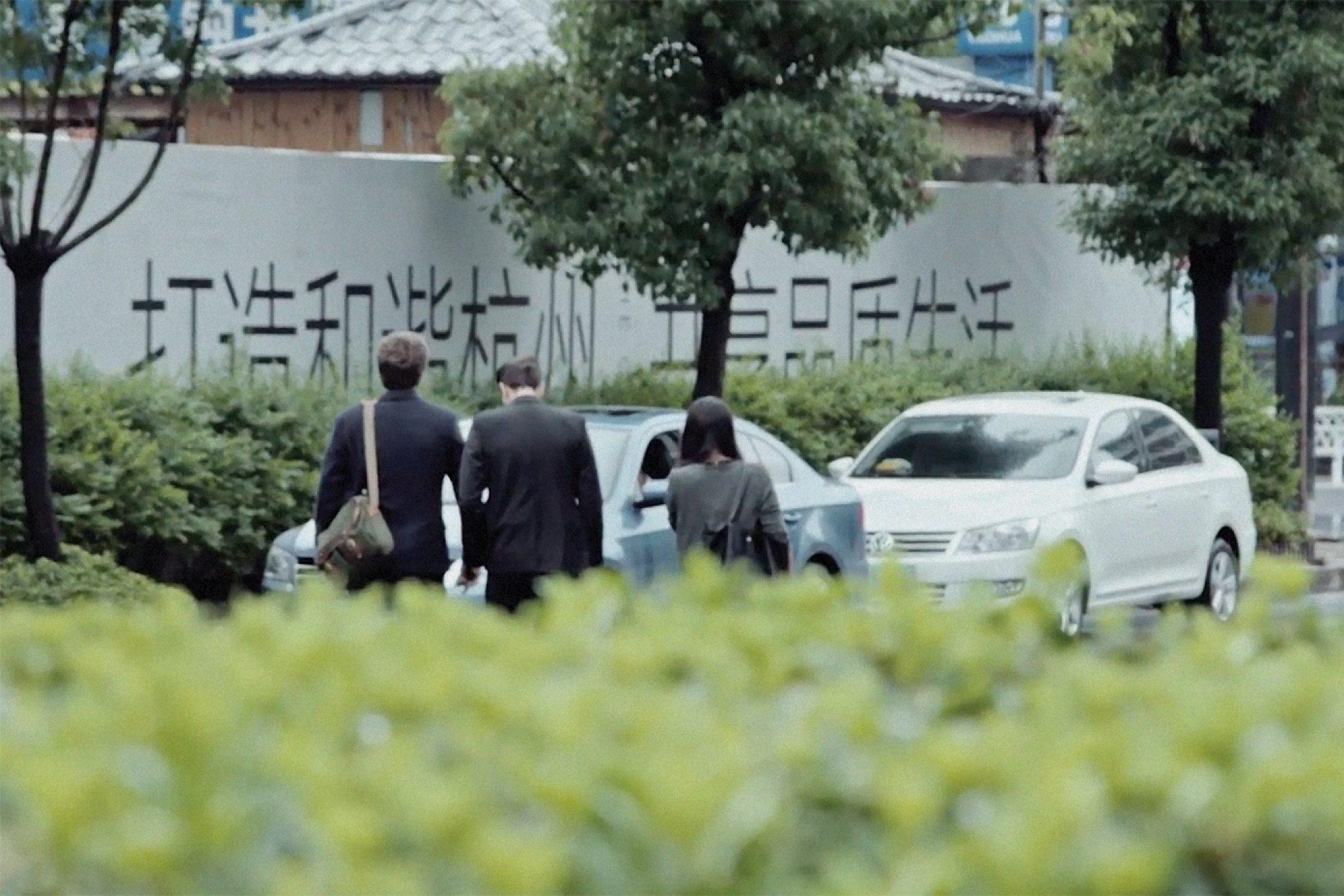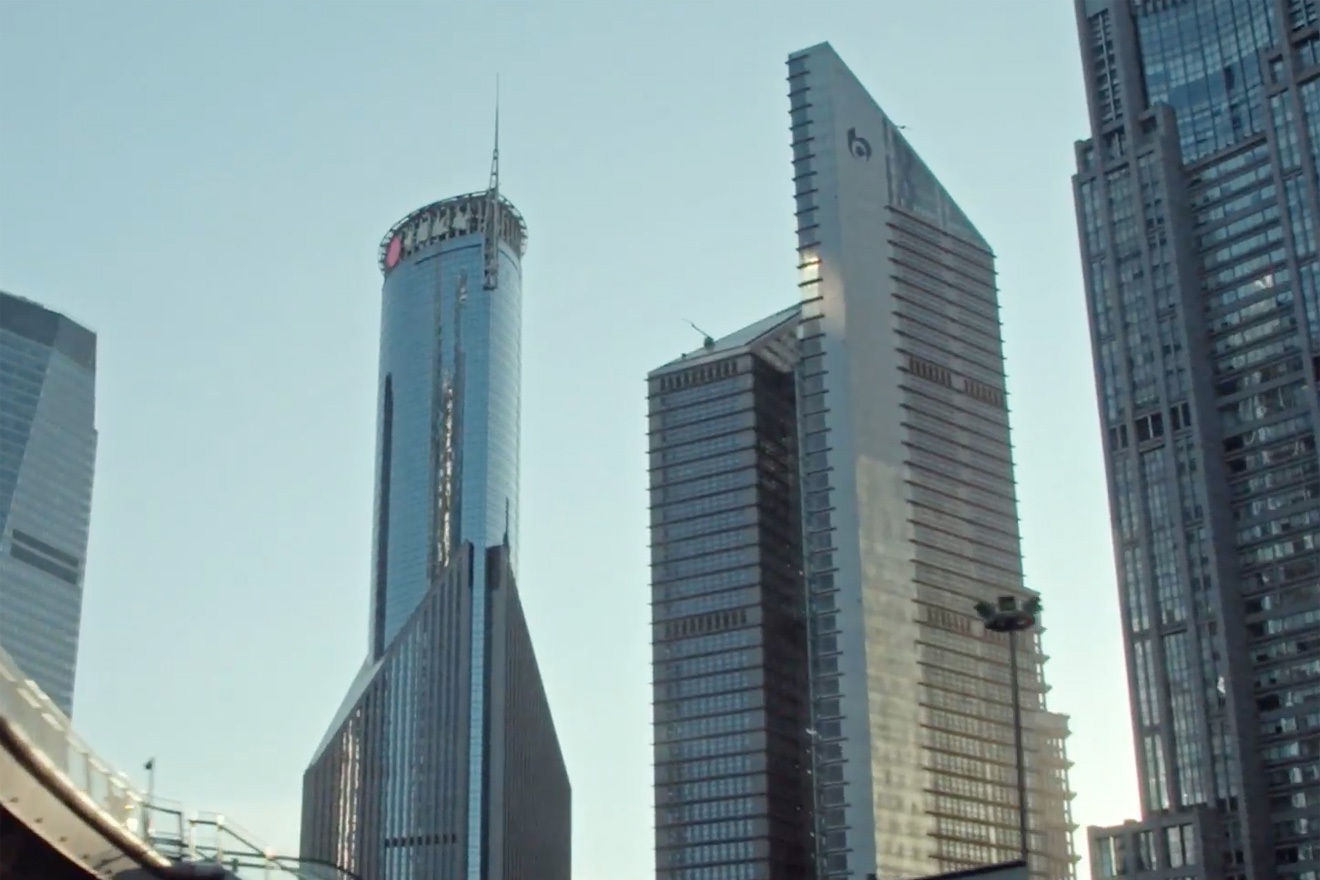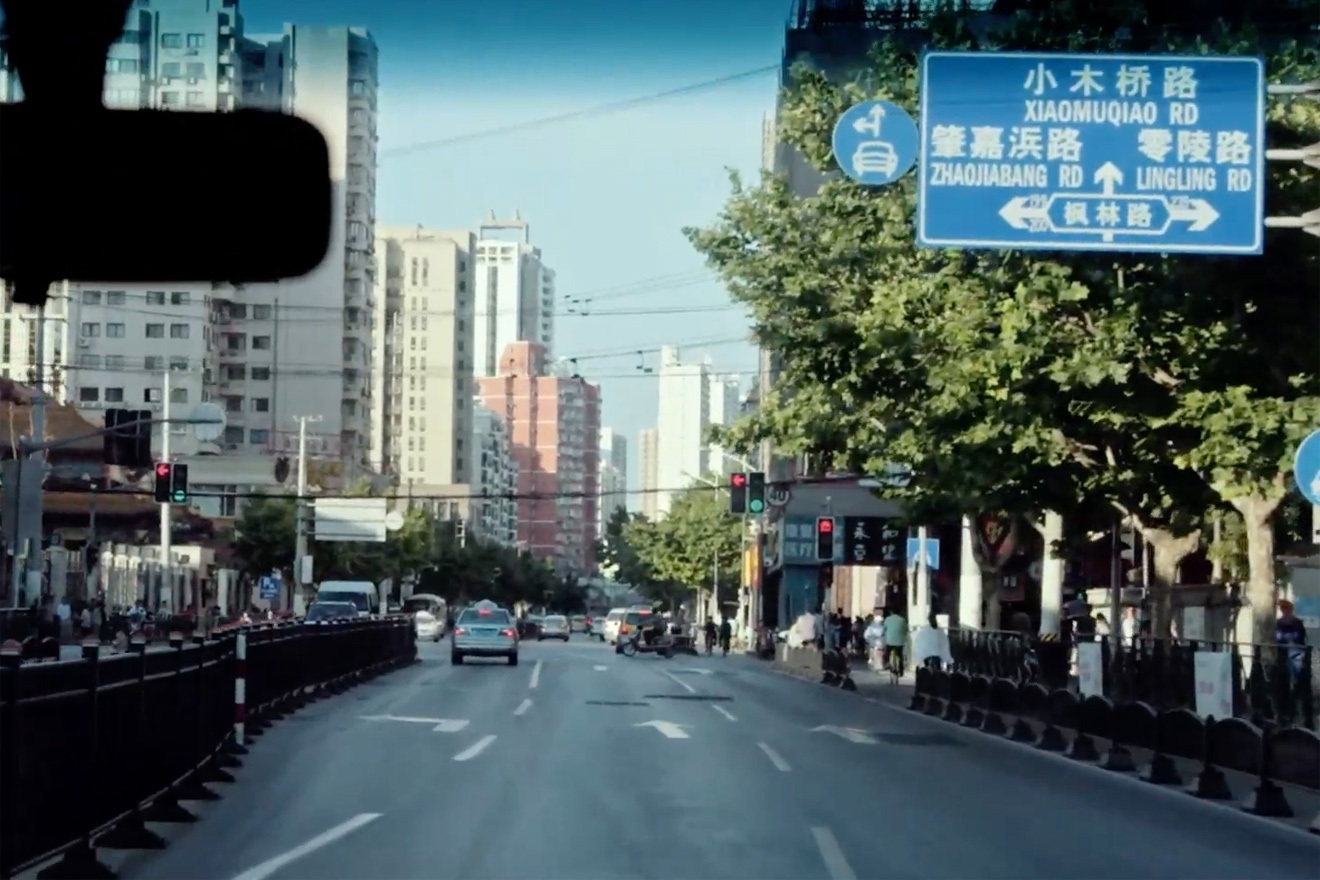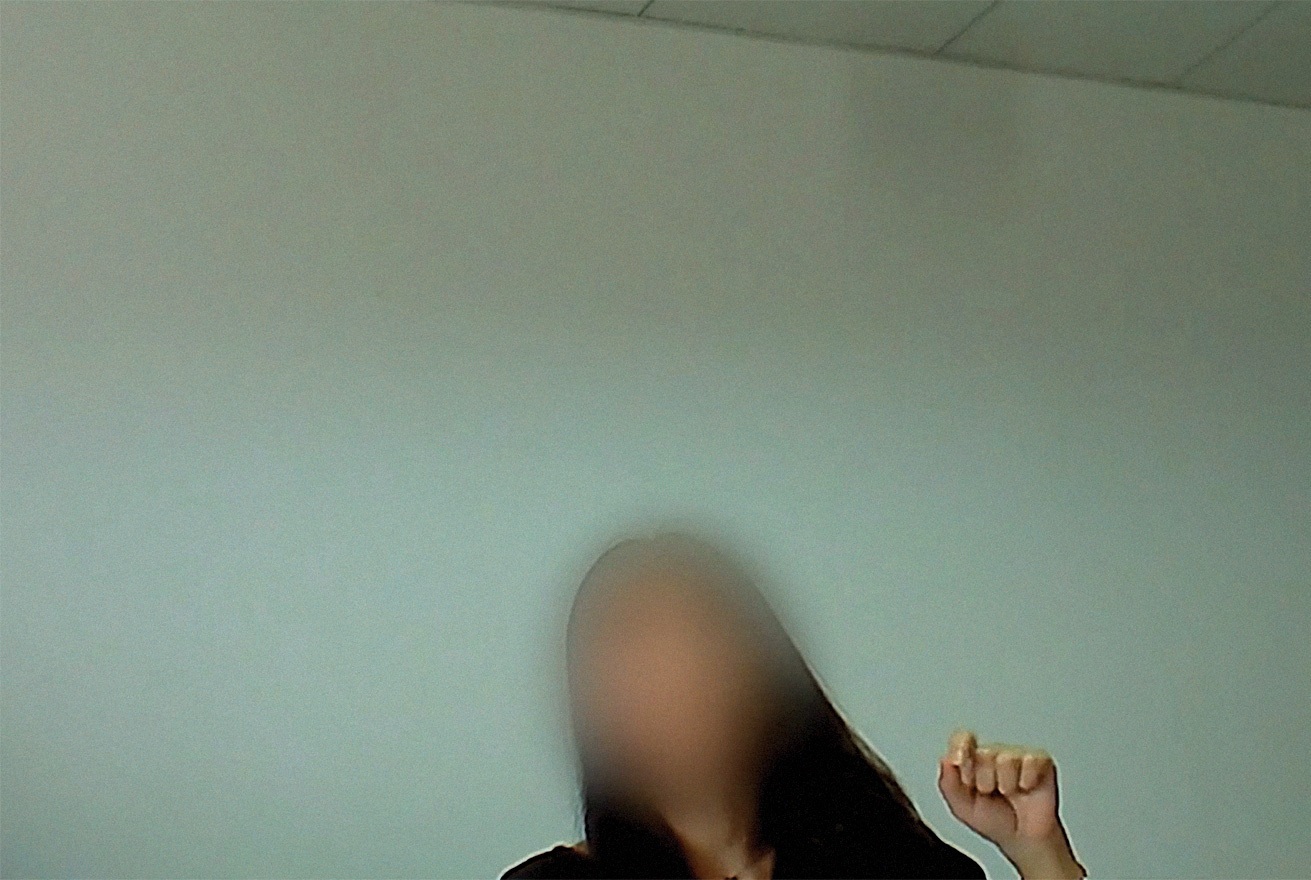 Features
Features
We went undercover in a Chinese MDMA factory
Getting down to work in Hangzhou to land a multi-million-pound deal and learn how to make MDMA along the way
Note: This feature was first published by Mixmag in 2018.
I’m meeting my accomplices at the Grand Kempinksi Hotel in Shanghai at 7pm. I haven’t stopped moving for 29 hours, and I’m working on an internal battery fuelled by adrenaline. I thought I’d sleep on the plane, but I couldn’t.
It’s taken me six months to set this deal up, and tomorrow is the day it goes down. The plan is to sign a contract to buy enough raw materials from a Chinese factory in the city of Hangzhou, a few hours south of Shanghai, to make £25 million-worth of MDMA. We can’t afford a single slip up, so I’m meeting the driver, the translator and the money guy to agree on a plan to cover every eventuality. We hope.
I shower in the pokey, coffin-like pod at my cheap hotel and head downstairs. Need to sharpen up. Two coffees. I grab a cab and weave uptown through shoals of electric bikes and air so polluted you can see, taste and smell it.
The Kempinski hulks on the corner like a thick-necked bouncer draped in diamonds and polished steel. I sit in a quiet corner, alert, and order tea. All around me the look is sugar-daddy fabulous: ugly old blokes with their one-night girlfriends tik-takking across the marble in stilettos. The women are draped in Versace; the men look bored by the glamour.
We enter, pay for our suite and get the perfect service that money brings. We stare out of the windows at the LED-clad skyscrapers sprinkling pixellated confetti as a seven-storey goldfish dives in slow-motion towards the Huangpu River. We change into black shirts. There are three of us in the team: me, 'Tim', and our translator, a quick-witted Chinese woman who knows about the deal.
I’ve told ‘Janet’, a sales rep from a chemical factory a few hours south, that we are perfumiers from Poland, and that I need a chemical her plant supplies ‘for use in a new fragrance’. It’s a lie, and we both know it.
What Janet doesn’t know is that I’m about to complete a sting operation that will document the mechanics, economics, and chemistry behind a drug production and distribution industry that stretches from a lab in a Shanghai suburb to a network of MDMA chemists and criminals in Holland, Belgium and Russia, to deep inside the serotonin receptors in the brains of tens of millions of clubbers. No pressure, then.

We want to understand why MDMA is today so cheap, so pure, and so abundant across the UK and the EU. Since 2012, pills have doubled or tripled in strength and now have to be taken in halves if you want to remember your night – or to survive it. There were 65 MDMA-related deaths in 2016 – a fivefold increase from the 13 recorded by the Office for National Statistics in 2011.
On dark web markets, prices for kilogrammes of MDMA are now £5,000; 10 years ago it was £30–40K. MDMA used to sell at street level for £60/gramme; now it can be bought for £30. The chemical we’ll buy, PMK-glycidate, caused these changes, as it is being used to make MDMA on an unprecedented, industrial scale.
Janet thinks she’s landed a hefty deal, meaning a big commission. I’ve ordered 7,500kg – about three skips’ worth: enough to make £25m worth of MDMA. We’re filming the action for a documentary series on German TV presented by Tim, an east Berliner with testicles of titanium.
Tim and I cut off a button on our shirts and feed in the hidden-camera cables, then attach a screw-on, wide-angle lens-button. We check the batteries. Our translator tries on her secret camera glasses. All good. We agree on the plan: we’ll get Janet to admit on camera that she knows we are drug chemists, and the second we do, we’ll make an excuse to leave and then race back to Shanghai.
Over six months, I have lured Janet into a trap. PMK-glycidate, a waxy solid, is legal – unlike standard PMK, an oily liquid which is on international watchlists as it is an essential building block for MDMA. If you try to buy any amount of PMK, the DEA will soon kick your door in. But PMK-glycidate exists in a grey zone. It’s not exactly illegal... not yet, anyway.

I’ve been fascinated by MDMA for three decades – by the experience the drug offers; the music it’s inspired; the gangs and chemists behind its production. So in 2008 when global MDMA supplies disappeared, I was curious to know why. I discovered that the market had been destroyed after United Nations forces burned 33 tonnes of safrole oil in Pursat, near the Cambodian capital Phnom Penh, in 2008. This oil, which has an aniseedy whiff, is usually distilled from the roots of the yellow camphor tree which flourishes in Cambodia’s Cardamom Mountains, a vast tract of virgin rainforest.
Safrole oil used to be the easiest starting ingredient for MDMA. You could buy it at a quid a litre in Phnom Penh back then. Get that back to Rotterdam and it was game on. But in 2008, the UN seized and burnt enough of this oil to make 250m pills. Seizures of MDMA globally fell to half what they had been in previous years, and the web was alive with reports of users hospitalised by toxic stand-ins: piperazines that left them in a sickening fever dream.
I wrote a book, Drugs 2.0, documenting the story from the disappearance of MDMA to the rise of mephedrone and the moral panic around legal highs that dominated UK drug markets in 2010, to its end point: the emergence of dark web markets, which have radically changed the drug game. The book closed on the discovery of PMK-glycidate as an alternative to safrole oil; just as chemists had dodged drug laws by making legal highs, now they were making pre-precursors. Now, PMK-glycidate is the key to the entire global ecstasy trade.
It was on the forums of the Silk Road, the first dark web market, that I met a chemist who had worked in a Dutch lab. “The UK MDMA market requires around 25,000kg per year,” he told me. That’s roughly 20 Transit vans. Brits do like their mandy. “Our lab switched [in 2010] to ethyl PMK-glycidate as a precursor. This was unwatched, and we were able to source it from China at a very competitive price,” he said.

He revealed the details of his synthesis to me, and I verified the feasibility of the method with an equally expert but legitimate chemist. It wasn’t just feasible, he told me; it was beautiful. “It achieves complex molecular changes in a single concerted step, almost like watching a solar system of planets align. ‘Elegant’ is a good word for it, too. It’s the sort of thing that anyone [any organic chemist] could have come up with once it’s explained to you, but really, the first person to come up with this [method] had quite a stroke of inspiration,” he said.
But who was producing this new pre-precursor that had so disrupted the market? Where was it coming from? I had to know. It’s not easy to find a supplier, but after a few weeks of research I found my target. I created a bogus firm and send out hundreds of mails.
I checked with the UN, EU drug groups, chemists and legal experts in the UK and Germany before I made a test purchase of one kilo. The lab courier it to a Berlin apartment with a fake certificate of contents. We send it for testing and the results come back positive. In the right hands, this could make around 700–800 grammes of pure MDMA. Anyone so inclined could quadruple their money.
Now, the deal is on. Over the weeks I ramp up the quantity we need, up to 7,500kg, and the lab seems unfazed. I quibble over cost and purity, and mention airily that I’ll be in Hong Kong a few weeks later on business. I want them to ask me to meet, not the other way around. Looks less suspicious.
Janet mails and invites me in. Like a vampire, I accept graciously.
I call the Berlin team and we book tickets and sort visas for China. So now we actually have to do it. Shit.

We drive south to Hangzhou the morning after the trial run in the Kempinksi. Inside our van we are quiet and watchful one moment, the next filled with the kind of laughter which, if you listen closely, is really tense.
I’m forcing five thoughts out of my mind. Firstly, that this is a trap, and we are about to get stitched up by a lab that has government backing. Next, if I am dealing with the world’s biggest PMK-glycidate lab, this story is going to piss off an awful lot of very rich criminals. Finally, no one knows I’m here except a few mates, as we’re travelling on tourist visas rather than journalistic ones so as not to alert the Chinese authorities. Then, given that we’re travelling incognito, these cameras and lights we’re shooting background footage with are conspicuous, and we have no permit. And a fifth thought. How and where are we going to get the hidden cameras on?
We enter the chemical production areas south of the city, industrial sectors where grim-faced workers peer in at the vanload of Westerners peering out at them. One worker stops loading endless, massive sacks of chemicals from one van to another; our eyes meet and pass in an empty second.
We walk into a Starbucks and every head turns. We head to the bathroom one after another, and I fit my camera in under 30 seconds. I begin breathing in and out, 10 seconds a time. Six breaths a minute slows my heart and I get into character. Put my phone on silent, start recording, turn on airport mode and dim the screen. Audio backup.
Then we circle the block and get to the lab’s sales office address, park up and walk to the door through rain that stings your skin. It looks like a 1980s dole office, grim and municipal. We get into the lift, as conspicuous as spacemen leaving a Rolls Royce in a slum, and Janet greets us in the lobby of a nondescript office block: blue nylon carpets, blue nylon suits. She’s about 22 years old and looks pleased, and a bit confused, to see us. She offers to switch on the aircon but the noise might overpower our tiny microphones, so we refuse, and sit with sweat trickling from every pore. We have her locked in the sights of three hidden cameras.
A bizarre calm falls over me. Here we go, then. We get down to business. I shuffle papers, and remind everyone of the deal so we have it on camera.
“So, you want seven thousand five hundred kilos of the material,” she says. “We can supply this. We sent five tonnes to Portugal last week, and our capacity is over a thousand tonnes annually. We have sent to Russia ninety tonnes just this year. There is no problem.”

For a moment, I stand at a fork in the road. This is now overhelmingly real. What if I do buy it – what if I actually become an MDMA distributor? I think of my overdraft, my credit cards, my mortgage, my lack of a pension and my laughable savings. I imagine what I would do with just ten per cent of the money this deal could make. I reflect on the fact that used correctly this drug is less dangerous than alcohol, has caused less misery and addiction, and killed fewer of the people I love so dearly than fucking cigarettes. I have advocated and argued for its legalisation for 30 years, ever since my first dancefloor epiphany and the dozens more that followed it.
Then I think of my wife, and our little boy, of a jail cell in Rotterdam, or Brixton. Or Shanghai. The fork vanishes. I’m back in the room.
“Thanks, good to know. But we have an issue with purity,” I say. “We noted some unusual impurities that have reduced our yield, so we were hoping we might be able to get a reduction in price.”
“I’m afraid that’s not possible, but we can make a reduction of five per cent if you sign today.”
The conversation goes back and forth until we decide we need to get what we really came for: the admission that her lab knows what we are doing. That they are complicit in the international drugs trade.
“So. Janet. I must say something to you in confidence,” I say, heart pounding as I make sure I have her in the line of my hidden camera.
“We need this material shipped to Schipol, or Rotterdam, by air, rather than by boat to Poland. Our partners have changed location and we need your help with logistics. Can you do that?”
I know she’ll refuse, as Dutch airports are on high alert for this material right now.
“I’m afraid that is not possible,” she says. She laughs and covers her mouth with her hand like a shy child.
“Why?” I ask, and don’t blink, smile, or break eye contact for about 20 seconds until I can see that she’s feeling the pressure.
“Because this is a sensitive issue, this material, especially in the Netherlands.”
“Is it because you know that we plan to make MDMA, or ecstasy, with it?”
A heartbeat. A pause. No shyness this time. She returns my stare, a purse of the lips, her voice with a colder edge, now.
“Yes. We know this,” she says. “So it must be by sea. We do not have contacts in the airports. Only sea ports.”
I nearly punch the air as six months of lies, treachery and deception come to an end. Hold it down. It’s time to get out.
“We need to discuss this in private,” Tim says, feigning annoyance. “This is not what we agreed.”

We leave calmly, refusing Janet’s request for a photo in the lobby, and as we leave the building the tension ramps up as we get in the van, and drive at careful speed with an eye on the mirrors, copying the memory cards from our cameras, making multiple backups of the MDMA-making process. Down a side-street, we check our footage. Yes. Job done. Janet won’t be jailed. Her face will be pixelated, anonymised. It’s job done.
We head out for a meal and celebrate, then go for beers. At last, it’s time to get some rest. But I can’t sleep.
I may have solved the MDMA riddle, and I may have nailed this story, but I am obsessing about the fact that my work might lead to the banning of the chemical that has made MDMA so abundant in recent years. Will this investigation affect supplies of the drug? Will toxic stand-ins make a reappearance?
Then I reflect. The problem with MDMA is not purity, price or availability. It is a lack of understanding – a fundamental, systematic, cultural ignorance of the drug and the way it is used – on the part of the politicians who uphold and extend the illogical laws to ban MDMA, and any drug. That is the problem.

Another sleepless night, the worst of my life. My wife’s sick – hospital sick – and my phone’s been off. I pace around my hotel room like a jail cell. At last comes the horrible relief of dawn that only total insomniacs know, an airport haze, a stamp in my passport, bad noodle soup and relief coursing through my veins like a drug as the plane takes off. I’ve been awake for three days, near enough.
I still can’t sleep on the plane and almost ask the air steward to just punch me spark out. I put some Basic Channel on and lose myself in the repetition for hours, then ‘Double Cross’ by Nick Höppner off the first Ostgut Ton compilation and shake off the adrenaline comedown as we move into the sky stack and spiral down to Heathrow. Land. Tube. Get my wife and real life comes crashing down on us.
Later, I speak to Jay Greggs, technical lead at Reagent Tests, which sells ecstasy testing kits – essential for anyone who wants to take drugs more safely. He tells me that I’m worrying needlessly. Chemistry is infinite.
“Banning new precursors is a game of international whack-a-mole. If labs need to use convoluted syntheses they will do, because profits are so high. If the worst came to the worst, clove oil could be used to produce MDMA by the kilogramme for less than the current US street price. Prices would rise a little, but people aren’t sensitive to the price of illegal drugs.” The stakes are too high for the game to do anything but continue.


